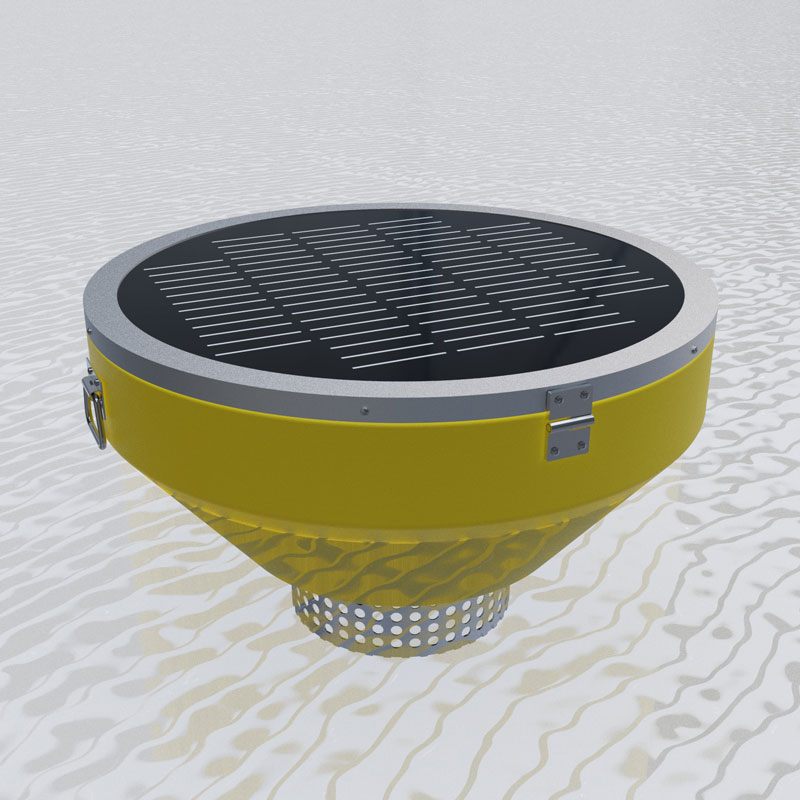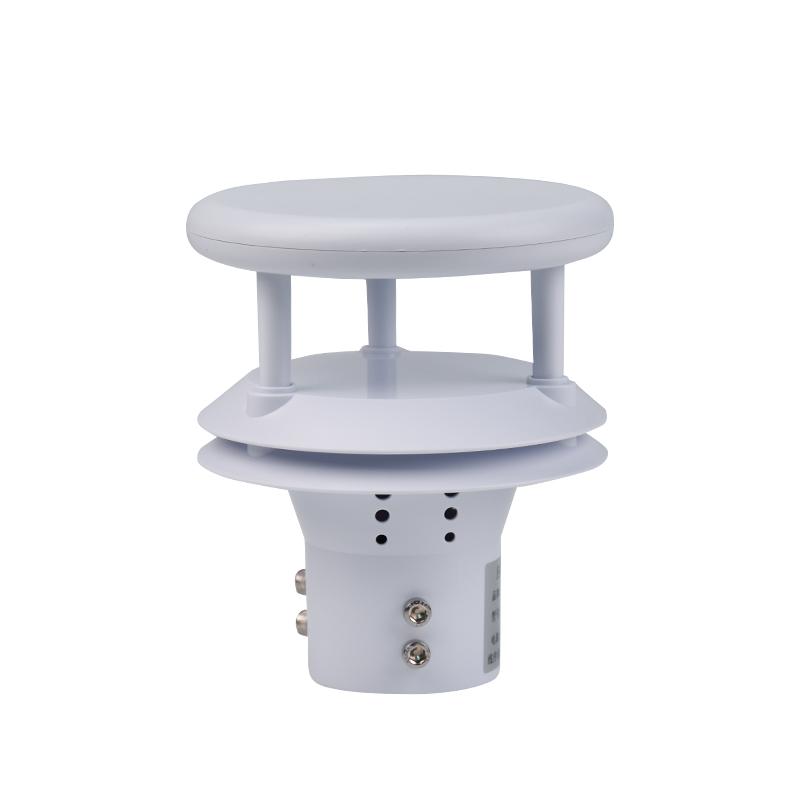IoT Water Quality Monitoring Station is a device capable of accurately monitoring six key parameters of water bodies: water temperature, conductivity, pH, dissolved oxygen, ammonia nitrogen, and turbidity. It consists of six parts: a water quality sensor, a data acquisition unit, a communication system, a power supply system, an overall support structure, and a water quality monitoring platform, enabling real-time collection and analysis of water quality data.
IoT Water Quality Monitoring Station is a professional water quality monitoring device that can simultaneously measure six key parameters of water bodies. Through the integration of multiple sensors and a data acquisition system, it achieves continuous monitoring of water temperature, conductivity, pH, dissolved oxygen, ammonia nitrogen, and turbidity. Its buoy-type design allows it to adapt to various water environments, providing reliable data support for water quality management.
The monitoring instrument consists of six main parts that form a complete working system. The water quality sensor component includes multiple dedicated probes, each corresponding to one of the six monitoring parameters. The data acquisition unit is responsible for receiving and processing sensor signals, converting them into a standard data format. The communication system supports multiple transmission methods, including wireless and wired transmission options. The power supply system typically uses a combination of solar panels and batteries to ensure continuous operation. The overall support structure provides buoyancy and stability, while the water quality monitoring platform completes the final data reception and analysis.
For water temperature monitoring, the device uses a high-precision temperature sensor with a measurement range of 0-50 degrees Celsius and a resolution of 0.1 degrees Celsius. The conductivity sensor uses an electrode measurement principle to reflect the ion content of the water body. pH monitoring uses the glass electrode method with automatic temperature compensation to ensure measurement accuracy under different water temperature conditions. The dissolved oxygen sensor operates based on the fluorescence method, avoiding the frequent electrolyte replacement required by traditional electrodes.
Ammonia nitrogen is monitored using an ion-selective electrode method or an optical sensor, capable of detecting the concentration level of ammonium ions in the water. Turbidity monitoring is achieved through the principle of optical scattering, using an infrared light source and a photoelectric detector to quantify the turbidity of the water. All sensors are professionally calibrated to ensure the accuracy and comparability of the measurement results.
The buoy-type design of the device allows it to be directly deployed in the water body requiring monitoring. The buoy material is corrosion-resistant and resistant to biofouling, and the support structure ensures stability under various hydrological conditions. The solar-powered system provides a continuous energy supply to the equipment, and coupled with a low-power design, it enables long-term unattended operation.
The data acquisition system automatically records parameter values at preset time intervals and transmits the data to the monitoring center via a communication module. Communication methods can be selected based on site conditions, including GPRS, 4G, or satellite communication. The received data is stored and analyzed on the water quality monitoring platform, generating various statistical reports and trend charts.
This monitoring instrument has wide applications in environmental protection, water resource management, aquaculture, and scientific research. Environmental protection departments use it for watershed water quality monitoring, research institutions utilize it to obtain long-term observation data, and water treatment plants and wastewater treatment plants use it for process control. The real-time monitoring capability of the equipment provides timely data support for water environment management, helping to detect water quality anomalies early.
Maintenance work mainly includes regularly cleaning the sensor surface, checking the power system status, and verifying measurement accuracy. The equipment is designed with the characteristics of field use in mind, and most maintenance operations can be completed quickly on-site. With the continuous development of monitoring technology, these devices are evolving towards higher accuracy and stronger functionality, playing an increasingly important role in the field of water quality monitoring.

This paper addresses:https://fengtusz.com/technical/891.html









